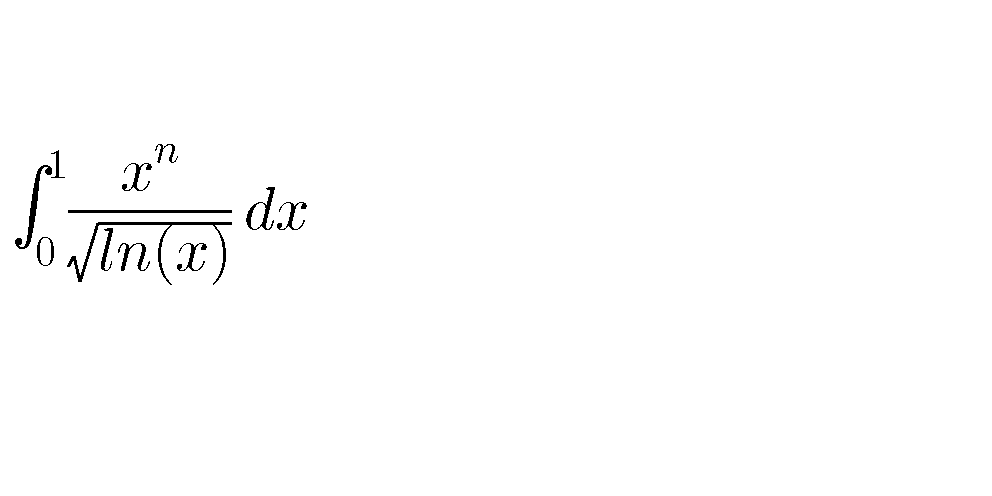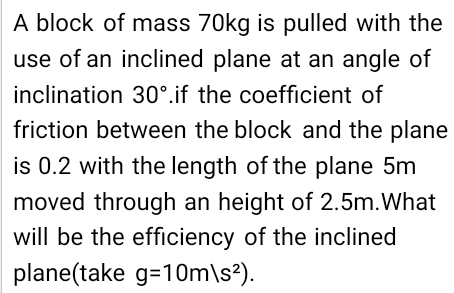
AllQuestion and Answers: Page 1496
Question Number 61861 Answers: 3 Comments: 5

Question Number 61860 Answers: 0 Comments: 0
Question Number 61856 Answers: 0 Comments: 1

Question Number 61850 Answers: 1 Comments: 8
Question Number 61843 Answers: 0 Comments: 3
Question Number 61842 Answers: 0 Comments: 1
Question Number 61840 Answers: 1 Comments: 0
Question Number 61855 Answers: 1 Comments: 0
Question Number 61835 Answers: 0 Comments: 1
Question Number 61834 Answers: 0 Comments: 3

Question Number 61825 Answers: 1 Comments: 0

Question Number 61823 Answers: 1 Comments: 0
Question Number 61818 Answers: 0 Comments: 3
Question Number 61815 Answers: 0 Comments: 0
Question Number 61811 Answers: 0 Comments: 0

Question Number 61810 Answers: 0 Comments: 0

Question Number 61809 Answers: 1 Comments: 1

Question Number 61807 Answers: 0 Comments: 0

Question Number 61804 Answers: 1 Comments: 1
Question Number 61803 Answers: 0 Comments: 3
Question Number 61801 Answers: 0 Comments: 3
Question Number 61799 Answers: 1 Comments: 0
Question Number 61796 Answers: 0 Comments: 0

Question Number 61791 Answers: 1 Comments: 1
Question Number 61785 Answers: 1 Comments: 0
Question Number 61782 Answers: 0 Comments: 5
Pg 1491 Pg 1492 Pg 1493 Pg 1494 Pg 1495 Pg 1496 Pg 1497 Pg 1498 Pg 1499 Pg 1500
